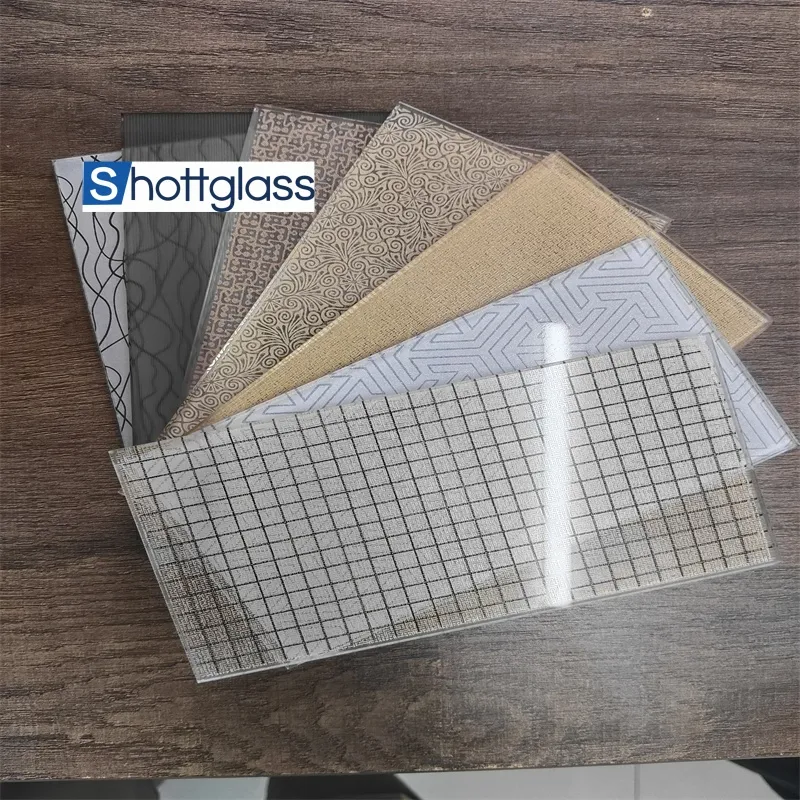Dec . 11, 2024 11:07 Back to list
colored glass panels
The Beauty and Craftsmanship of Colored Glass Panels
Colored glass panels have long captivated the human imagination, transforming spaces with their vibrant hues, intricate designs, and the ethereal quality of light that filters through them. These masterpieces have adorned churches, cathedrals, public buildings, and even private homes, becoming not only functional elements of architecture but also symbols of artistry and cultural significance.
The history of colored glass stretches back to ancient civilizations. Early Egyptians used glass in their jewelry and pottery, but it wasn't until the Roman Empire that the production of glass became more sophisticated. The techniques evolved, leading to the creation of stained glass as we know it today. One of the most notable advancements was the introduction of the glass-blowing technique, which allowed artisans to create intricate shapes and designs.
In medieval Europe, stained glass panels gained prominence, particularly in Gothic cathedrals. The most famous examples are found in churches like Notre-Dame de Paris and Chartres Cathedral. These grand structures utilized large, colorful panes to depict biblical stories, saints, and scenes from daily life. Not only did they serve an educational purpose for the largely illiterate population of the time, but they also created a heavenly glow within the stone walls when sunlight streamed through.
The process of making colored glass panels involves several meticulous steps. First, raw materials such as silica sand, soda ash, and lime are combined and heated in a furnace to create molten glass. Once the glass reaches a certain temperature, various metal oxides are added to produce different colors. For example, adding cobalt oxide yields deep blues, while iron oxide produces green and brown tones. Once the desired color is achieved, the glass can be shaped into flat panels.
colored glass panels

Artisans often use a technique called “flashing” to create more complex color schemes. This involves layering different colored glass onto a single sheet, allowing for intricate designs and enhanced depth. Once the colored glass panels are completed, they are cut, shaped, and assembled using lead came or copper foil, forming the final artwork. This craftsmanship breathes life into architectural spaces, creating a serene and spiritual atmosphere.
Colored glass panels are not limited to religious buildings; they have found their way into contemporary art and design as well. Modern artists like Marc Chagall and Frank Lloyd Wright embraced stained glass in their work, pushing the boundaries of what colored glass could represent. Wright’s designs, for instance, often incorporated geometric patterns and organic motifs that harmonized with nature, allowing the glass to become an integral part of the overall composition of his buildings.
In today’s world, colored glass panels continue to be a popular choice for home decor and commercial spaces. Designers are increasingly integrating them into modern architecture, using large expanses of glass that create stunning visual effects. Whether it’s a vibrant splash of color in a kitchen backsplash or an expansive stained glass window in a corporate office, these panels serve as focal points that can define the character of a room.
Moreover, advancements in technology have enabled the production of colored glass with even higher quality and durability. Innovations like UV printing and laser cutting allow for detailed designs that can withstand the test of time, ensuring that this age-old craft maintains its relevance and appeal in contemporary aesthetics.
In conclusion, colored glass panels are much more than mere decoration; they embody a fusion of art, craftsmanship, and storytelling. From their historical roots in ancient civilizations to their modern interpretations, they continue to enrich our environments, evoke emotions, and inspire wonder. As they capture light and color, colored glass panels remind us of the beauty that exists in the intersection of art and architecture—a testament to human creativity that will surely endure through the ages. Whether experienced in a grand cathedral or a cozy home, the magic of colored glass is sure to leave a lasting impression.
-
Safety and Style with Premium Laminated Glass Solutions
NewsJun.24,2025
-
Reinvents Security with Premium Wired Glass
NewsJun.24,2025
-
Premium Float Glass Line for Modern Architecture
NewsJun.24,2025
-
Low Emissivity Glass for Energy-Efficient Architecture
NewsJun.24,2025
-
High-Performance Insulated Glass Solutions for Modern Architecture
NewsJun.24,2025
-
Elevates Interior Style with Premium Silver Mirror
NewsJun.24,2025
Related PRODUCTS














